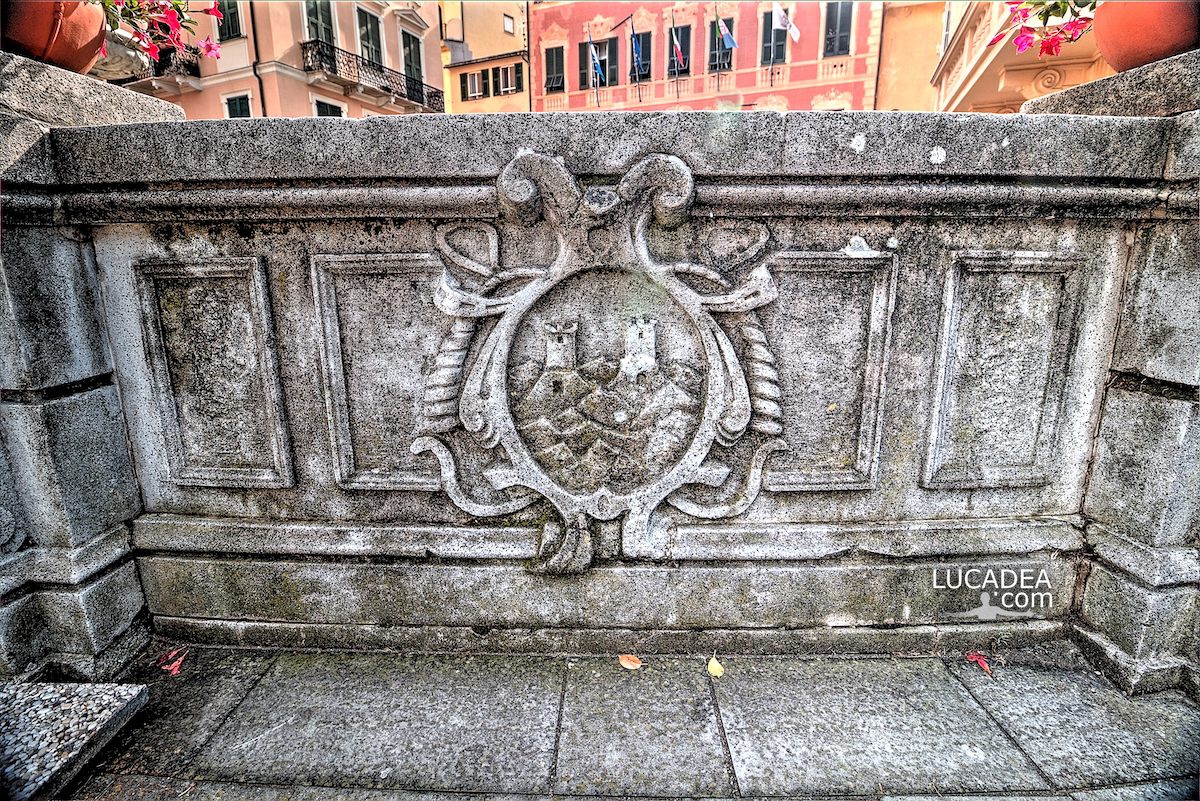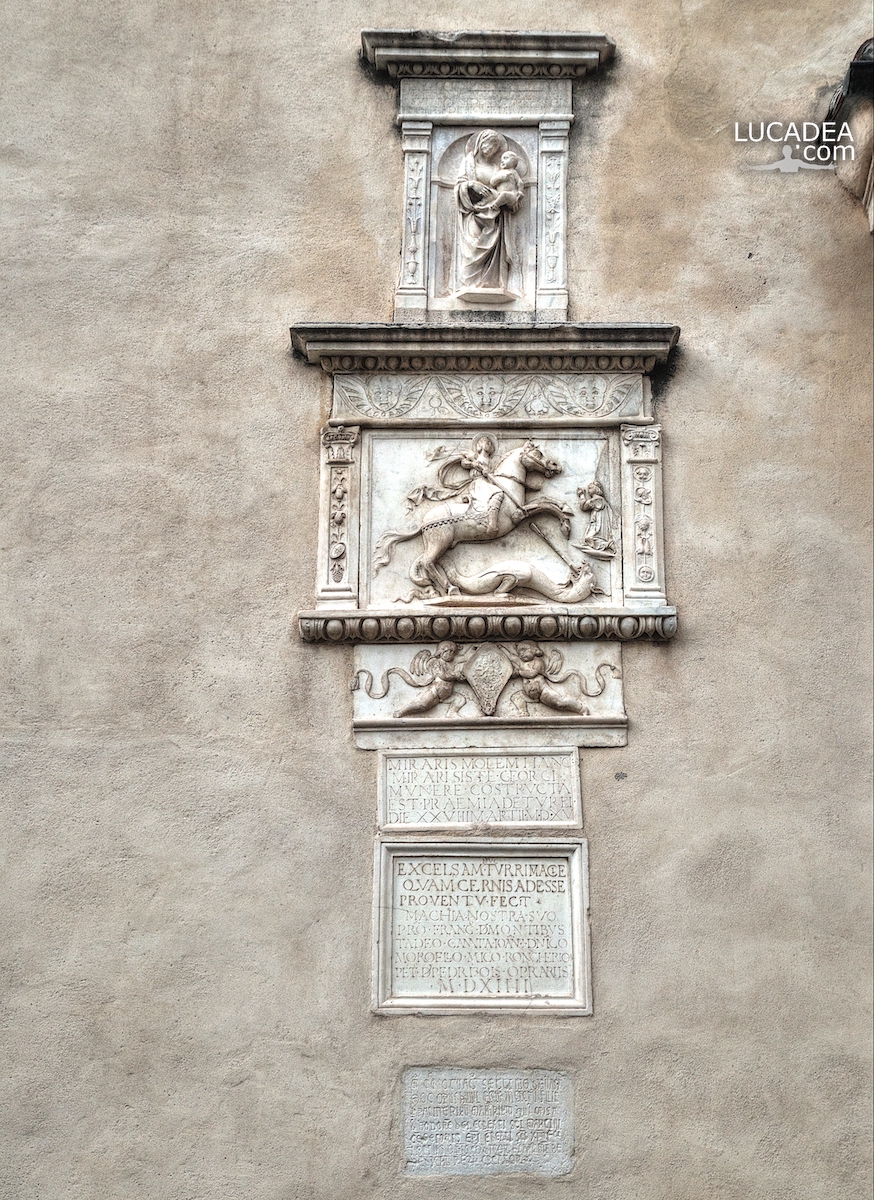The bas-relief dedicated to Balin Seghezzo in the centre of Santa Margherita Ligure.
This work is placed in memory of the founder of the historic Seghezzo grocery store in Santa, Balin Seghezzo.
Since 1900 and still open today (it is next to the bas-relief) it makes known the delicacies of the area with local products (and not only) of excellent gastronomy.
This is what the plaque under the bas-relief says:
“Migliaia, milioni di individui lavorano, producono e risparmiano nonostante tutto quello che noi possiamo inventare per molestarli, incepparli, scoraggiarli. È la vocazione naturale che li spinge; non soltanto la sete di guadagno. Il gusto, l’orgoglio di vedere la propria azienda prosperare, acquistare credito, ispirare fiducia a clientele sempre più vaste, ampliare gli impianti, costituiscono una molla di progresso altrettanto potente che il guadagno. Se così non fosse, non si spiegherebbe come ci siano imprenditori che nella propria azienda prodigano tutte le loro energie ed investono tutti i loro capitali per ritirare spesso utili di gran lunga più modesti di quelli che potrebbero sicuramente e comodamente ottenere con altri impieghi.”
Luigi Einaudi
Have you ever seen this monument to Santa?
Add your own comment or go to the bottom of the site to read what other visitors have written.
Photo taken with Honor 20.
This is the official website of the shop: seghezzo.com.















